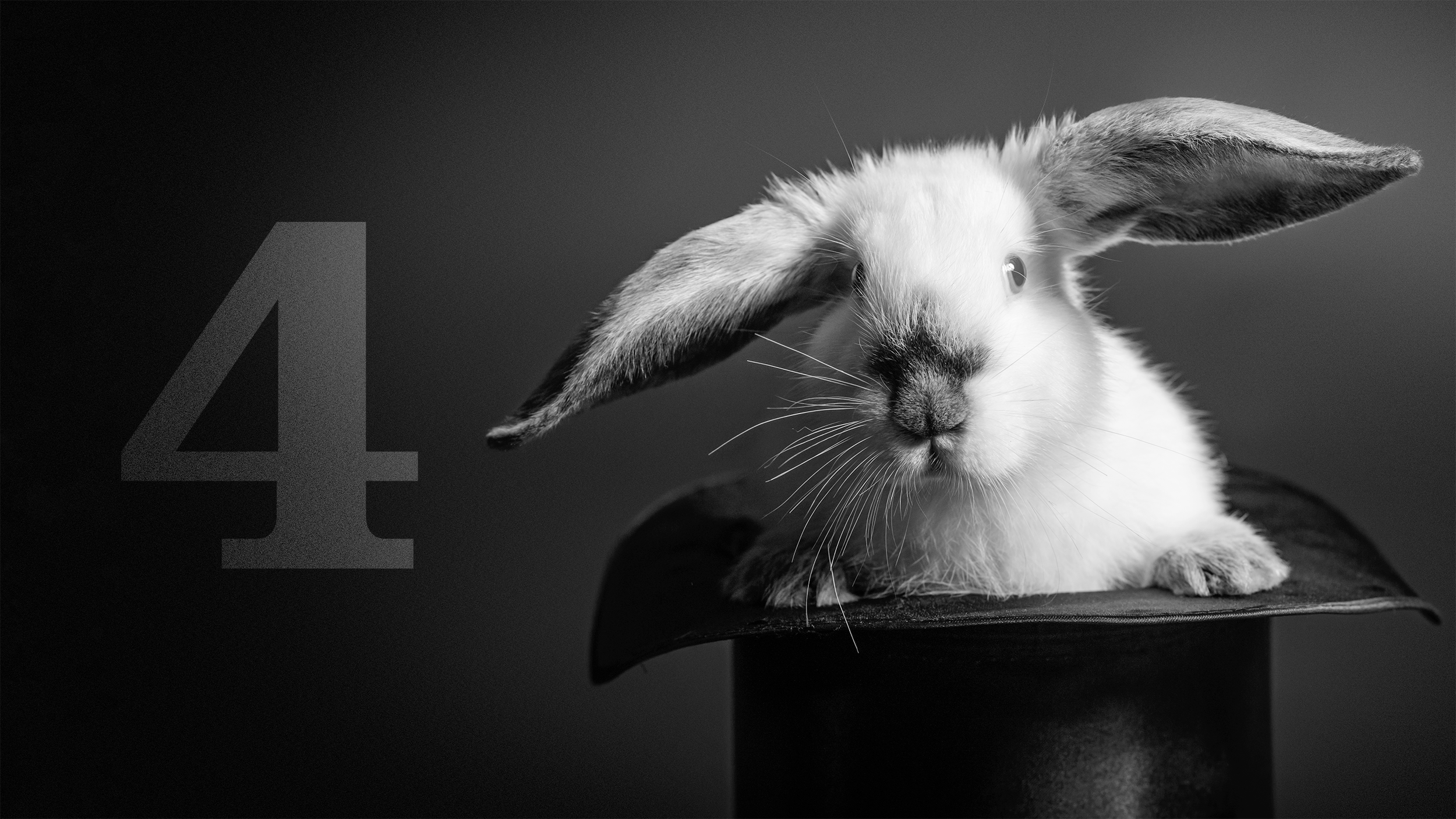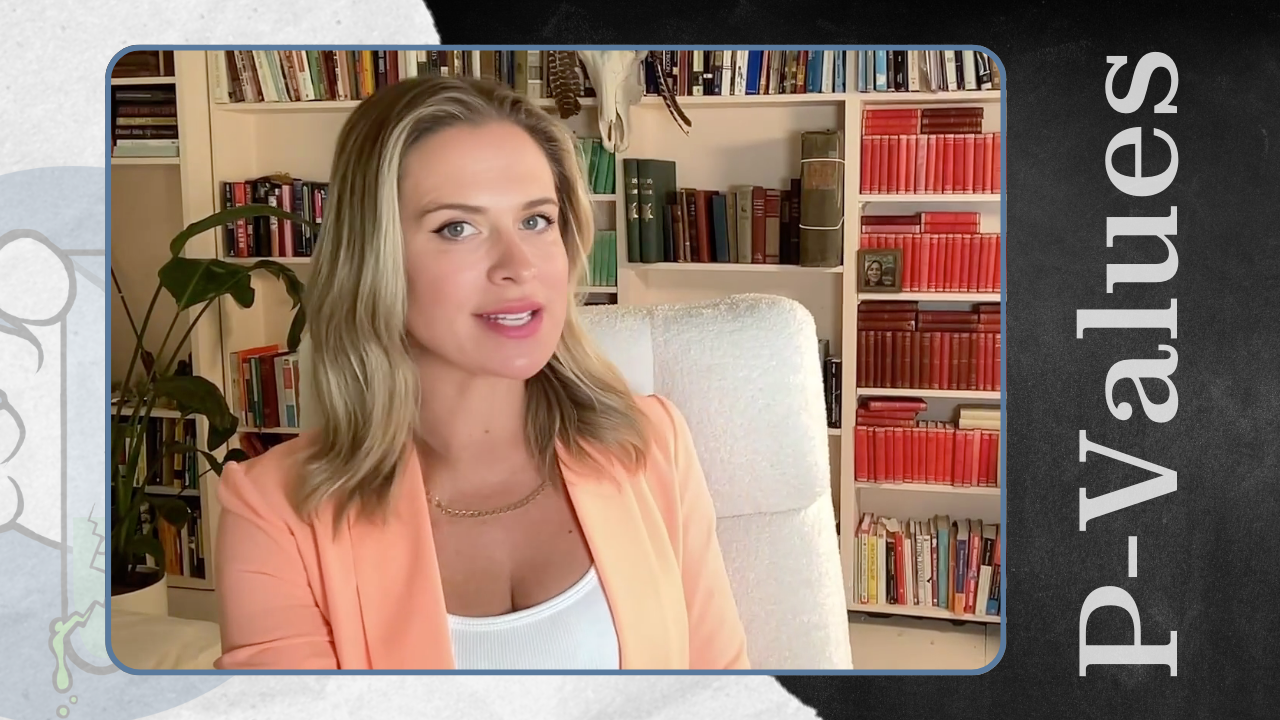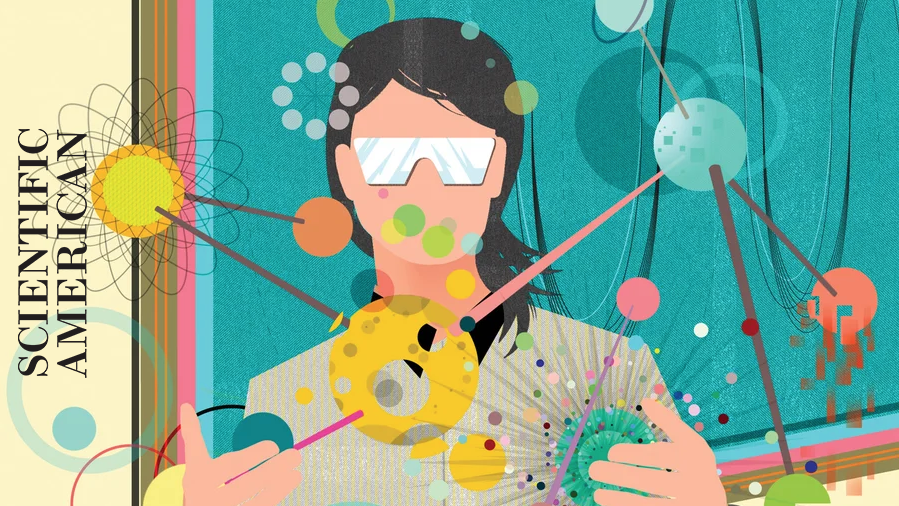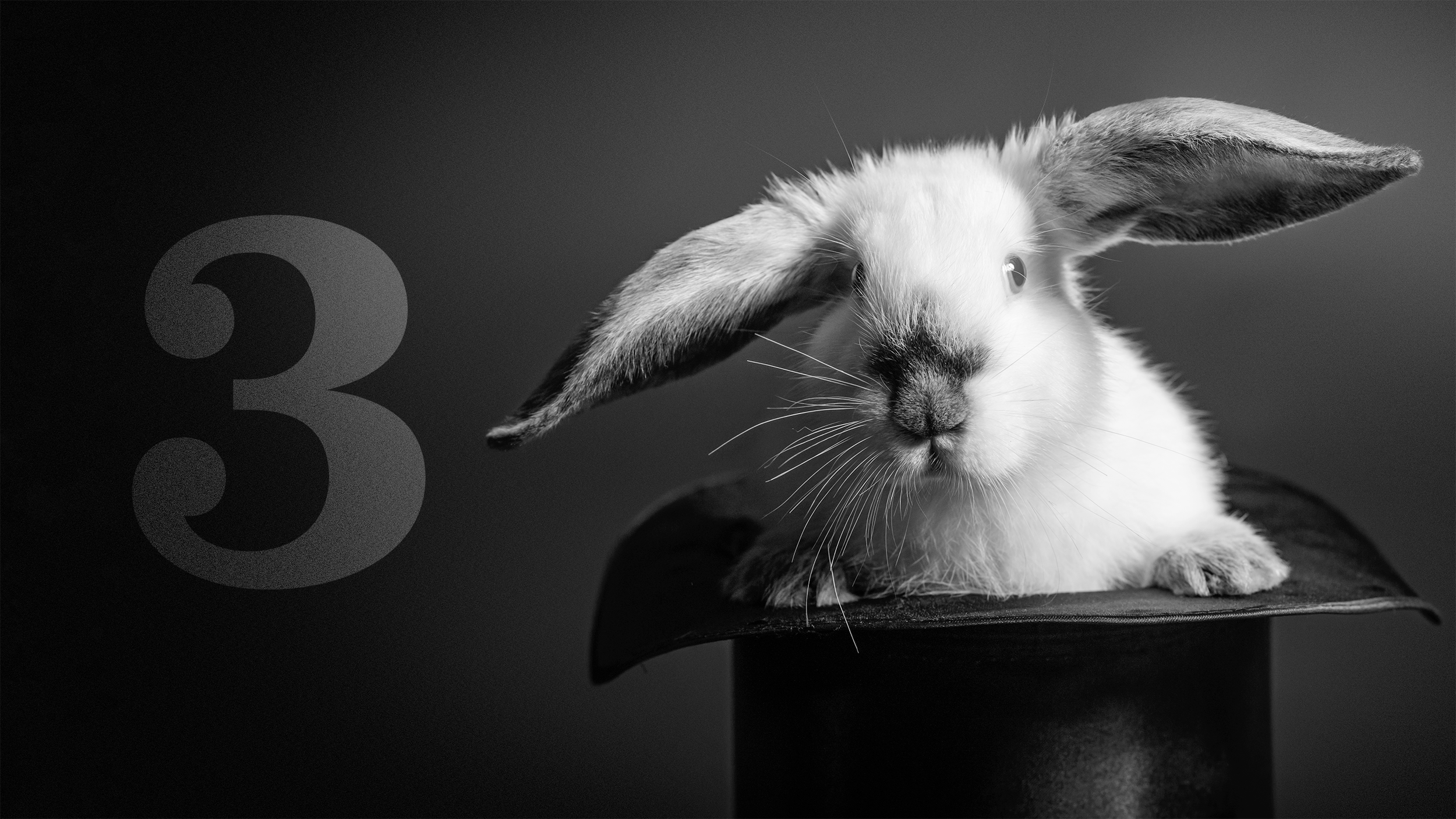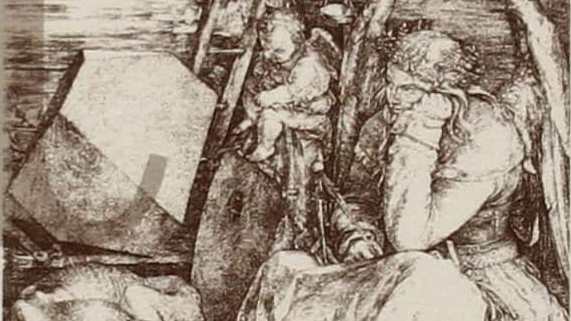Category: Curated Content
Category: Curated Content
Explaining how a clinical trial can report success – when there is none.
Scientific misconduct is ever becoming more recognized as a problem, yet what exactly constitutes misconduct varies by source.
Four senior researchers at Harvard's Dana-Farber Cancer Institute have been accused of forging data through “duplications of blots, bands, and plots within images.”
Simply put, a p-value is a measure of the likelihood that the results of a study are due to the hypothesis, and not simply a result of chance. It compares the “null hypothesis,” the idea that the thing being studied has no effect, vs the “alternative hypothesis,” the thing being tested. So if the p-value is low, the data is thought to be significant. However, the p-value does not validate the effectiveness of the thing being studied, it simply claims to shows that the results were not due to chance.
Frighteningly, scientists, researchers, and medical professionals misinterpret the meaning of p-values but place extreme faith in them.
By Emily KaplanThe p value plays into the human need for certainty and has led to the reproducibility crisis in may fields. Some researchers want to tweak the system of analysis, while others want to overhaul it.
In this edition Malcolm explains how study results can be carefully worded, to imply results that are actually contrary to data.
In this essay mathematician Paul Lockhart makes the argument that math is an art form, and should be taught like one.
On his podcast, Emily and Dr. Drew talked at length about the overuse of statins to treat coronary heart disease.
By Emily KaplanFaults with a Stanford study's claims that a vegan diet is better for cardio metabolic health.
